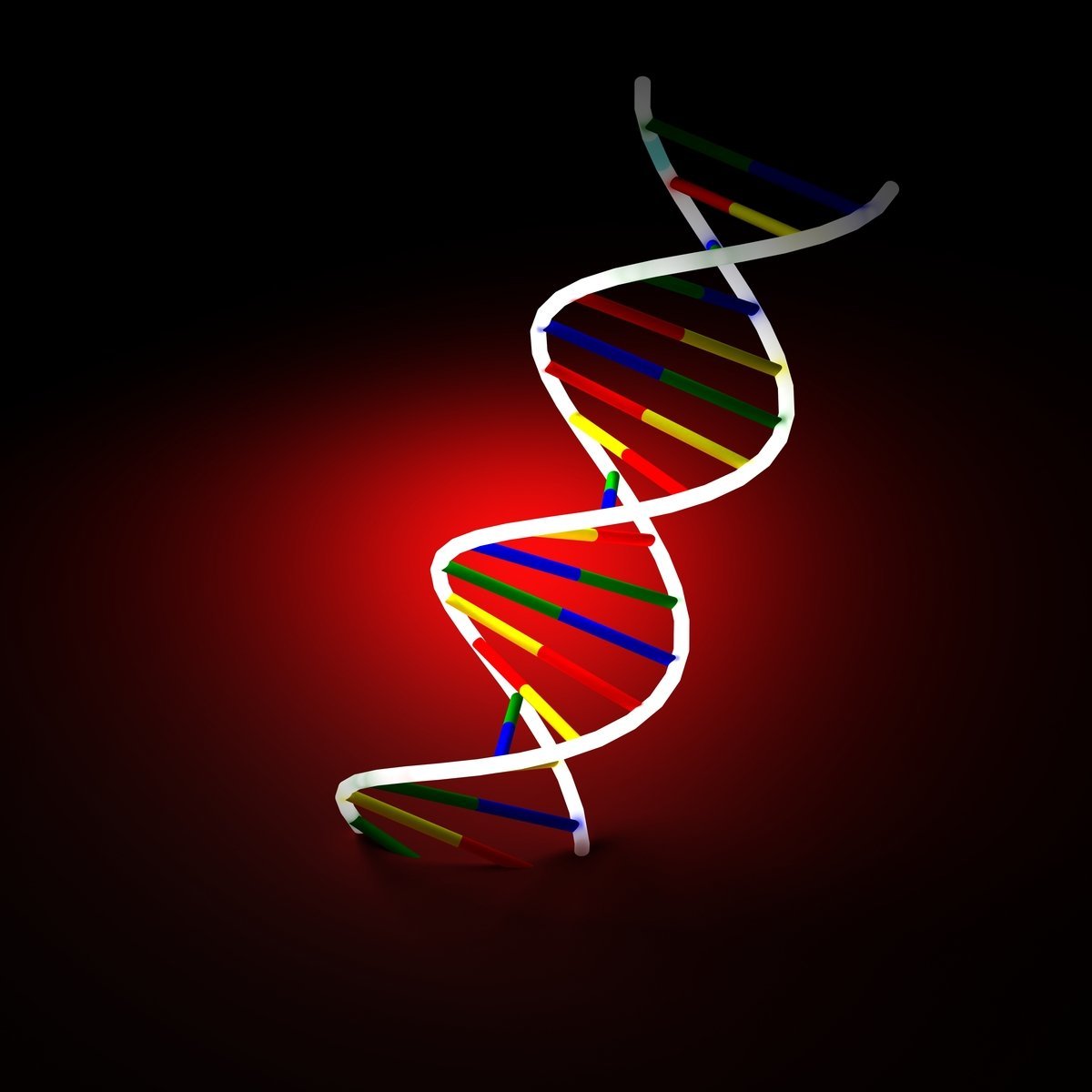One unique feature in the human anatomy that makes you look extra gorgeous or have some stroke of genius is your bloodline. Have you ever wondered what it really means when they say, ‘it runs in the family?’ Good genes are hereditary. What exactly are DNA and genes?

Deoxyribonucleic Acid (DNA) is hereditary information or material found in each human being. DNA found in the cell nucleus (where most DNA is located) is referred to as Nuclear DNA. The rest, found in the mitochondria, is referred to as Mitochondria DNA. Like a computer, DNA keeps information in the form of a code consisting of four chemical bases: Thymine (T), Adenine (A), Cytosine (C), and Guanine (G).
Structure
In terms of structure, DNA is a two-stranded molecule that forms the shape known as a double helix. Every double helix forms a sequence of nucleotides which are composed of a sugar molecule, a nitrogen area, and a phosphate molecule. One of the essential features of DNA is that it can duplicate itself. This is particularly important in the formation of cells to ensure that each new one formed is an exact replica of the old cells. Almost every cell in the human anatomy has similar DNA.
Genes
A combination of DNA then forms what is commonly referred to as genes. Genes are the basic hereditary units that define physical and functional abilities in any human being. Like Foodiq branding, genes affect a person’s general appearance. Everyone takes up two copies of genes, one from each parent. Each human has 46 chromosomes which are combinations on conception with the fetus getting half of the father’s DNA and half of the mother’s.
However, some genes may be dominating hence enabling one to have more attributes from one parent rather than the other. Although all humans have similar genes, the little differentiation (alleles) are what make you special.
Ideally, genes are a manual (a set of instructions) that defines how your body will turn out. Genes determine the texture of your hair, the complexion of your skin, the color of your hair as well as your overall health. A change in the DNA sequence leads to a genetic mutation that causes alteration in the body function hence affecting your health.
Hereditary mutations are inherited at birth affecting every single cell in the body. This is why expectant parents are now advised to take genetic tests to identify any such mutations or prevent illnesses and conditions that their children may inherit. Diseases such as HIV/AIDS, certain cancers and diabetes are likely to be inherited through hereditary mutations.
Due to the effects of the environment, you are also likely to develop mutations later in life which will only occur in particular cells. This is known as somatic or acquired mutations. This can be seen in people who develop deformities or medical conditions due to exposure to factors such as air pollution, harmful metals or other environmental issues.
